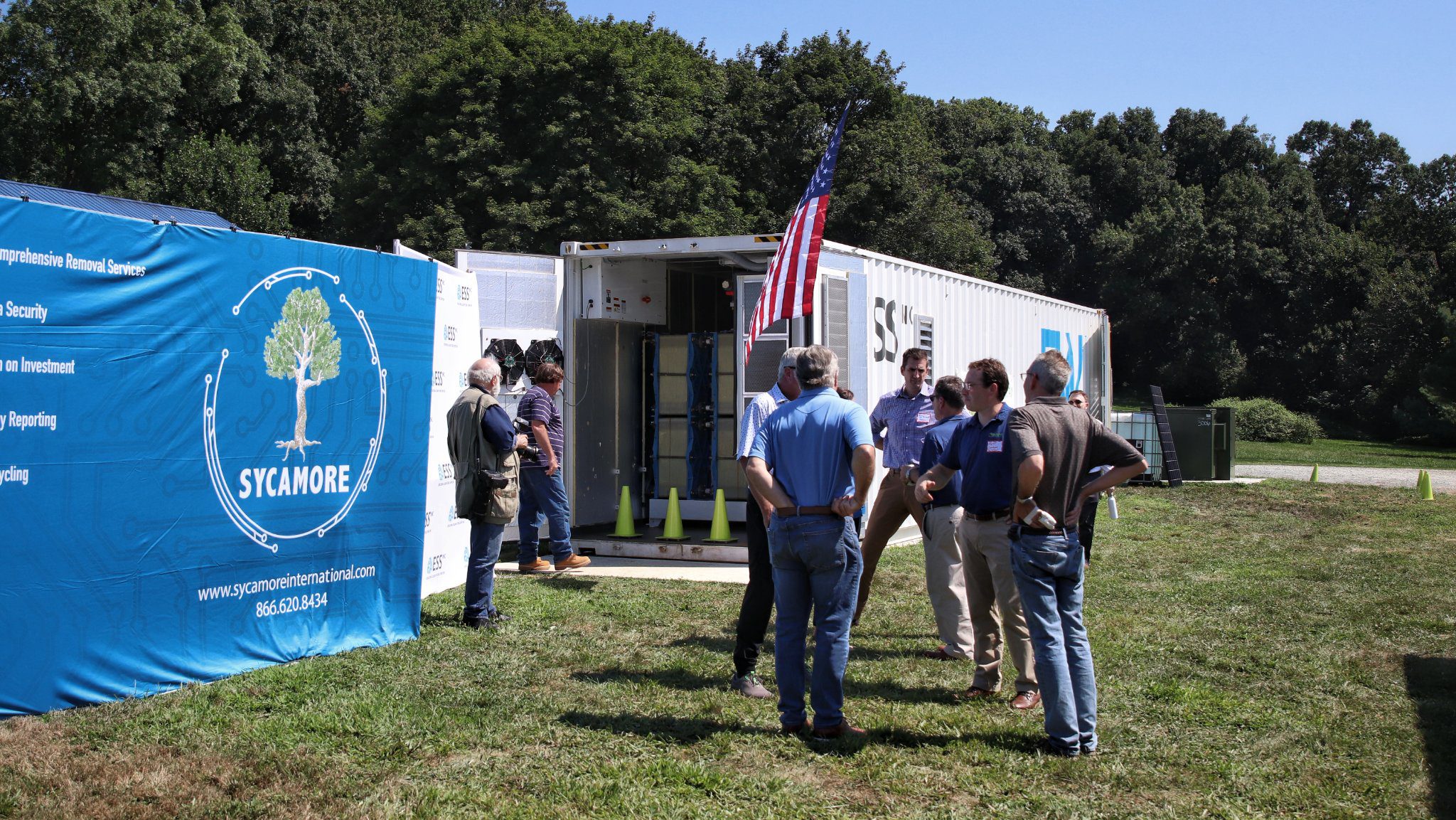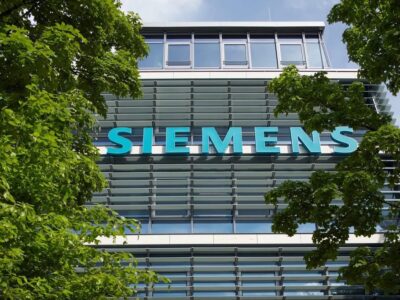In California, the Sacramento Municipal Utility District (SMUD) is generating a lot of buzz as it works toward a fully decarbonized future. The utility had previously identified itself as having higher sustainability aspirations than the current standard, evidenced by its announced commitment to becoming carbon neutral 15 years ahead of the state’s 2045 mandate.
But the city-owned power provider’s lofty target isn’t the main reason for interest. The utility already has substantial investments in solar power generation, leading many to assume that true carbon neutrality will come to Sacramento on the backs of improved battery storage. However, a recently announced partnership with iron flow innovator ESS suggests that the company is opting for newer, more experimental technology and the potential upsides that come with it.
Long existing as the unwanted alternative to lithium-ion battery technology, flow batteries found themselves relegated to what was essentially a research novelty for decades.
The technology boasts a few advantages over lithium-ion, particularly its ability to hold and discharge massive, constant flows of renewable electricity over long periods.
However, these perks hadn’t stood out as being very useful given the traditionally low demand for renewables. The growing cost-effectiveness of solar and wind power has created an outpouring of interest that simply wasn’t there in the past, leaving major power providers scrambling for higher-capacity storage alternatives.
In large part, ESS was seen as an attractive partner because it was one of few flow companies to survive the technology’s early years. It can be argued that lithium adoption is nearing an apex, mainly due to constraints in the availability of essential rare earth metals on the production side.
ESS is relatively well-positioned by comparison. It will not be hindered by an over-reliance on rare elements, as iron availability has never been a question like it is with lithium or cobalt. Iron flow batteries are still beaten out by lithium in terms of powering electric vehicles, something that favors storage companies like ESS by freeing up even more iron on the materials market.
Per the agreement, the SMUD will receive 200 megawatts or 2 gigawatt-hours of storage from ESS. The supply will start slowly for the first 18 months of the deal, says Hugh McDermott of ESS, before ramping up to hundred-megawatt territory.
The years-long commitment will be a major factor in future project developments planned by SMUD.
“This is a very uncertain supply situation for the rest of this decade, for everybody,” said Hugh McDermott, ESS’ senior vice president for business development and sales. McDermott sees the partnership as the perfect marriage given the current global metals situation. “SMUD is going to get certainty on supply — a major bonus — and they’re going to get a commitment that we’ll have the manufacturing behind that. We’ll get the visibility [to future demand] so we can plan our manufacturing expansion.”
The agreement also includes an ESS commitment to building a workforce to facilitate the manufacturing and installation of these technologies. ESS only had 115 employees last year, most of which were located at the company’s manufacturing headquarters in Oregon. The plan is to develop a new Sacramento-based workforce beyond that manufacturing hub, with ESS working alongside local colleges to train young workers on installation.
These employees will also be used for continued maintenance of the installed units. Training individuals to understand the specifics of ESS technology isn’t expected to be instant, but McDermott remains confident that it’s only a matter of time.
“Right now, we’re the only people on the planet who know how to service our equipment,” he said. “We need to build out those legions.”





